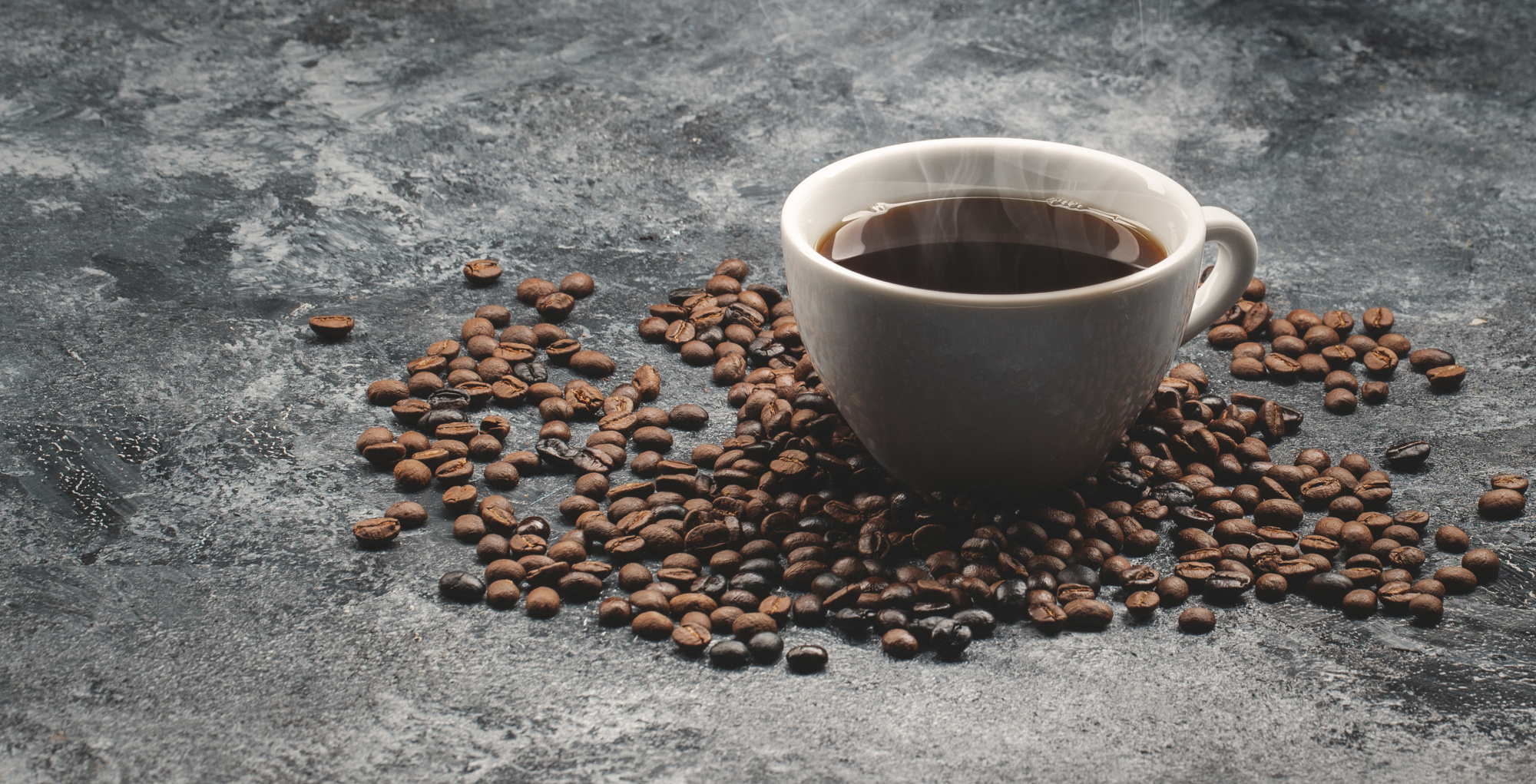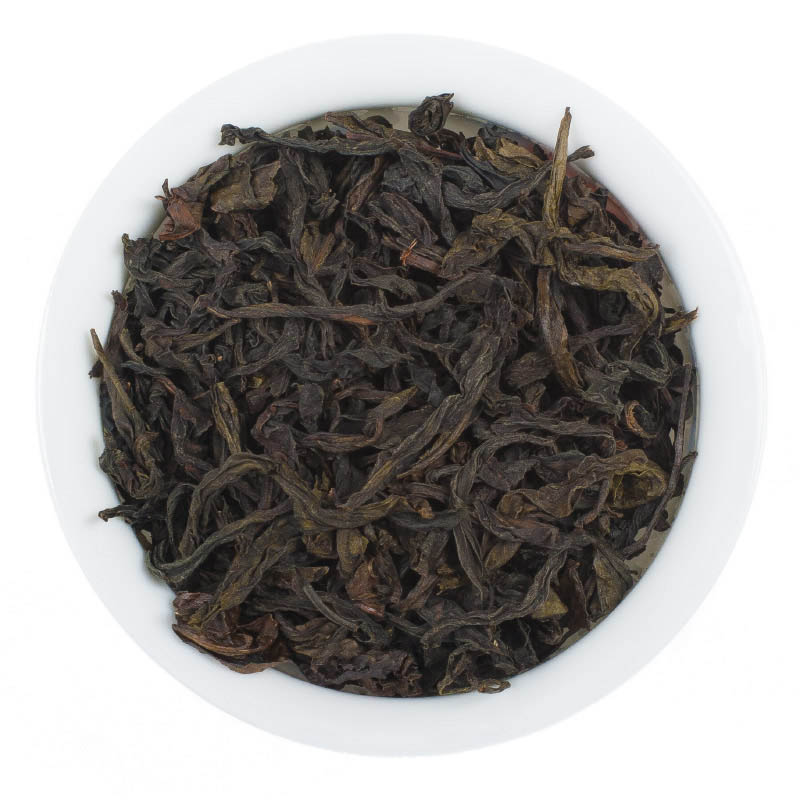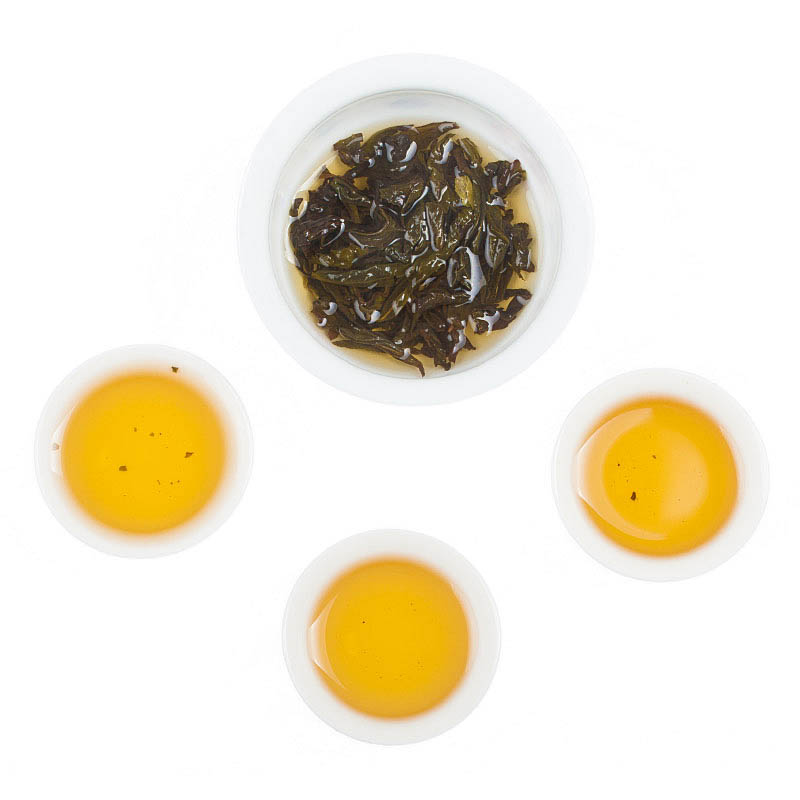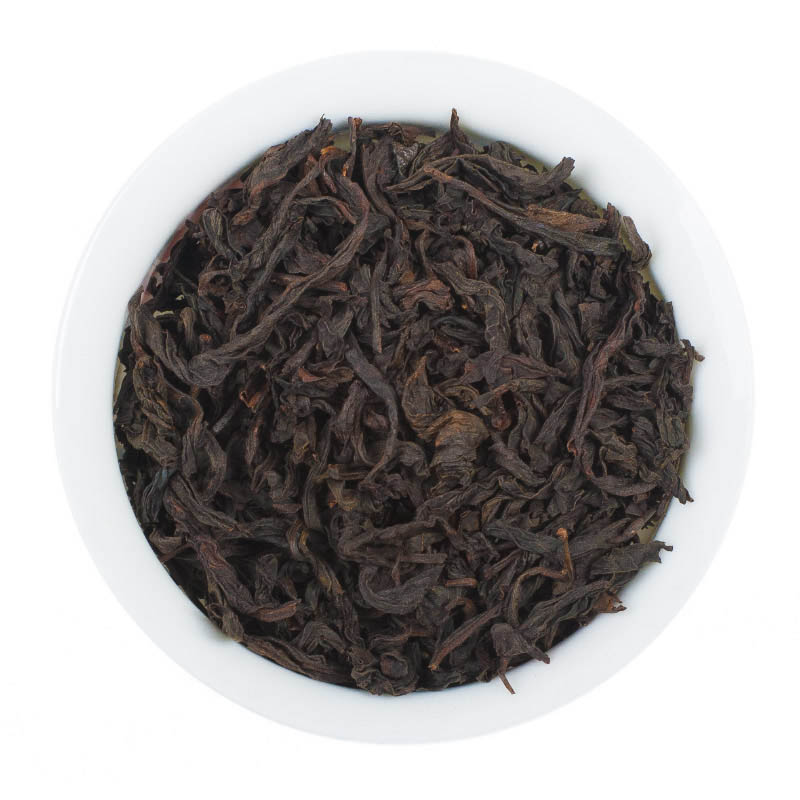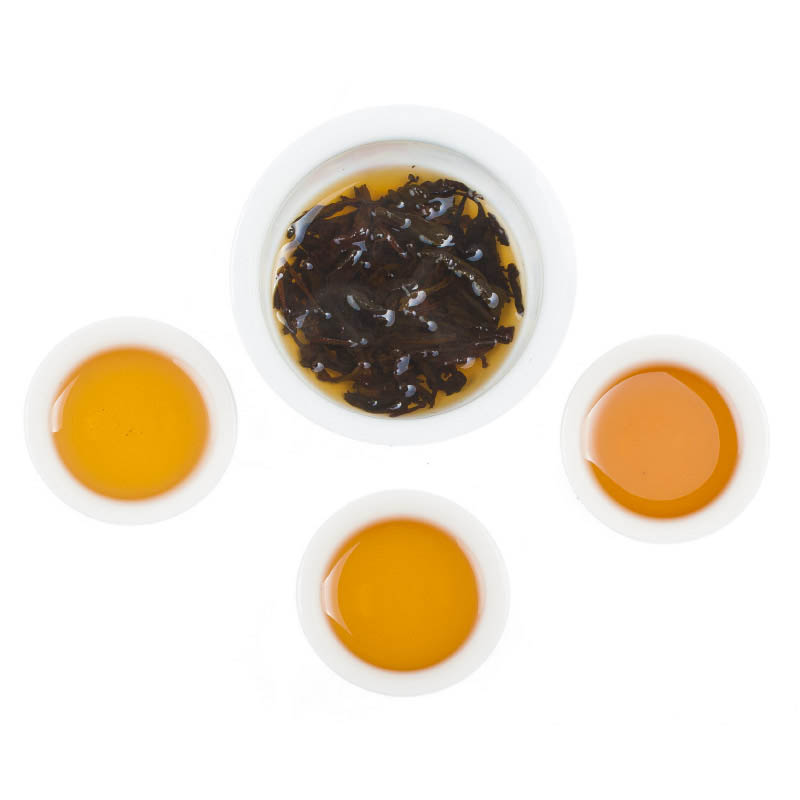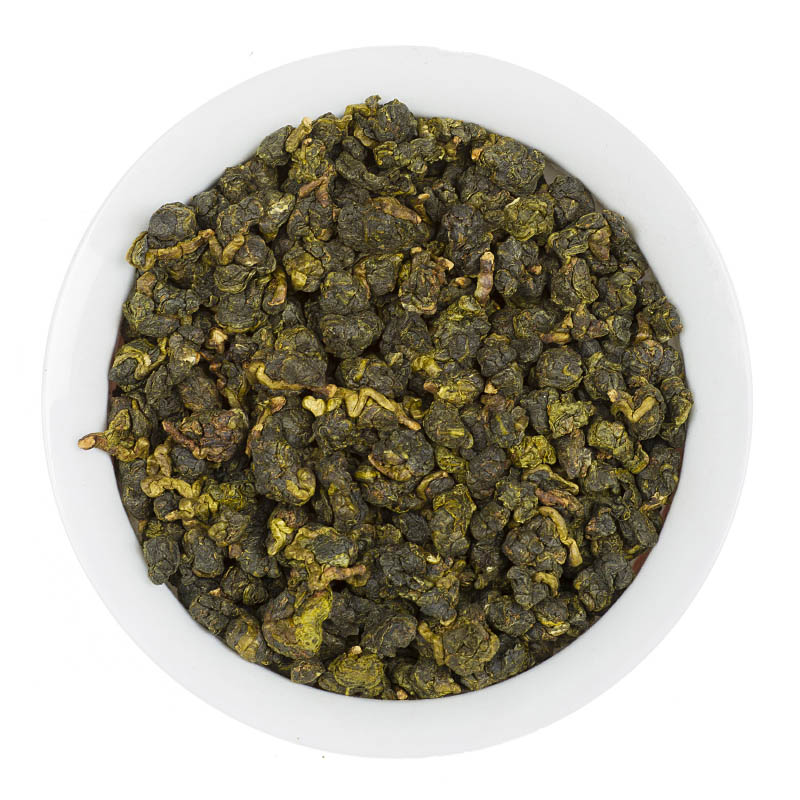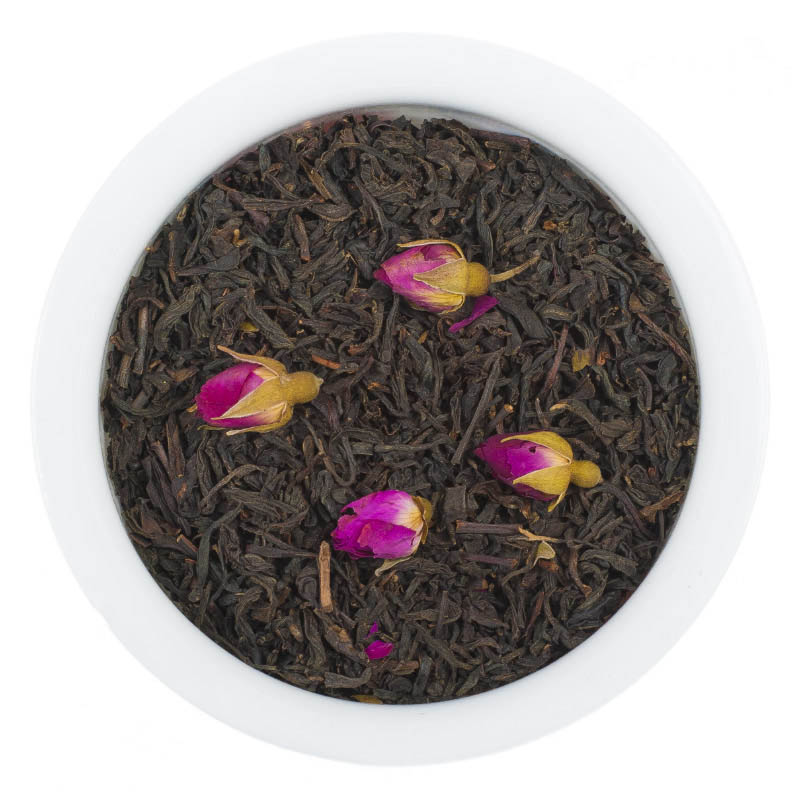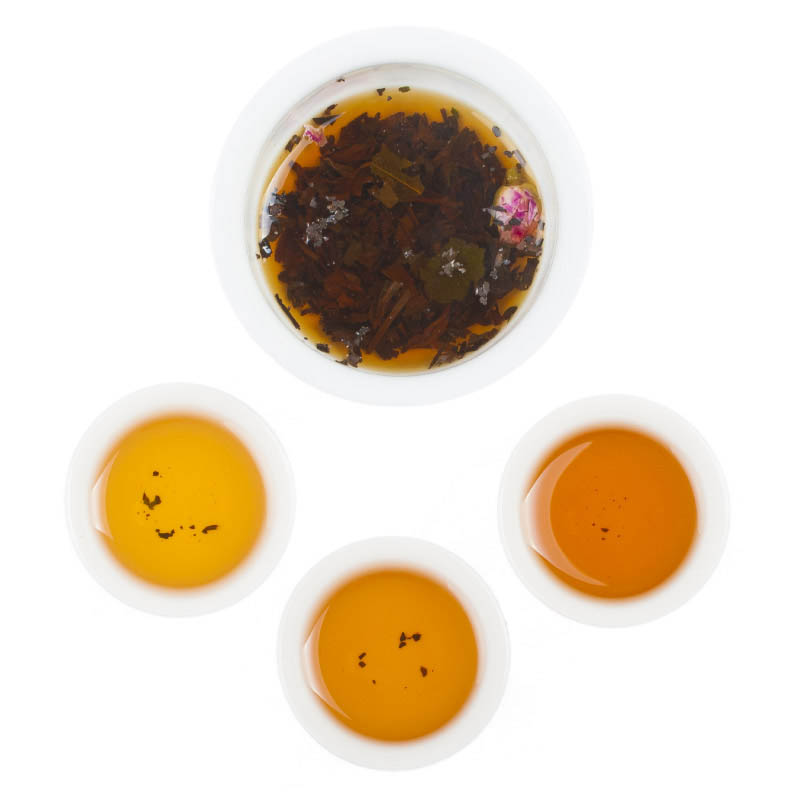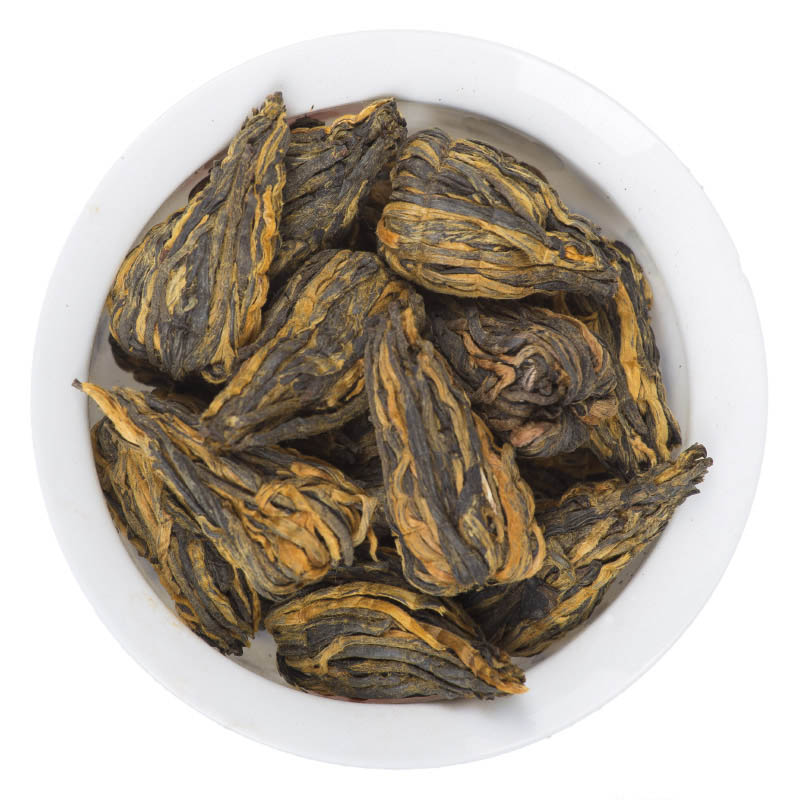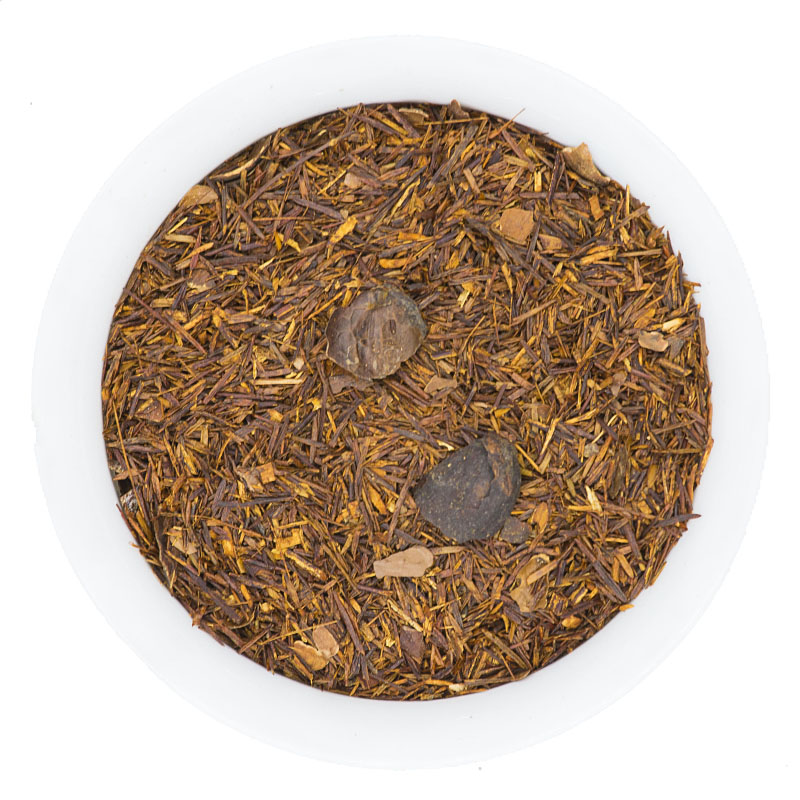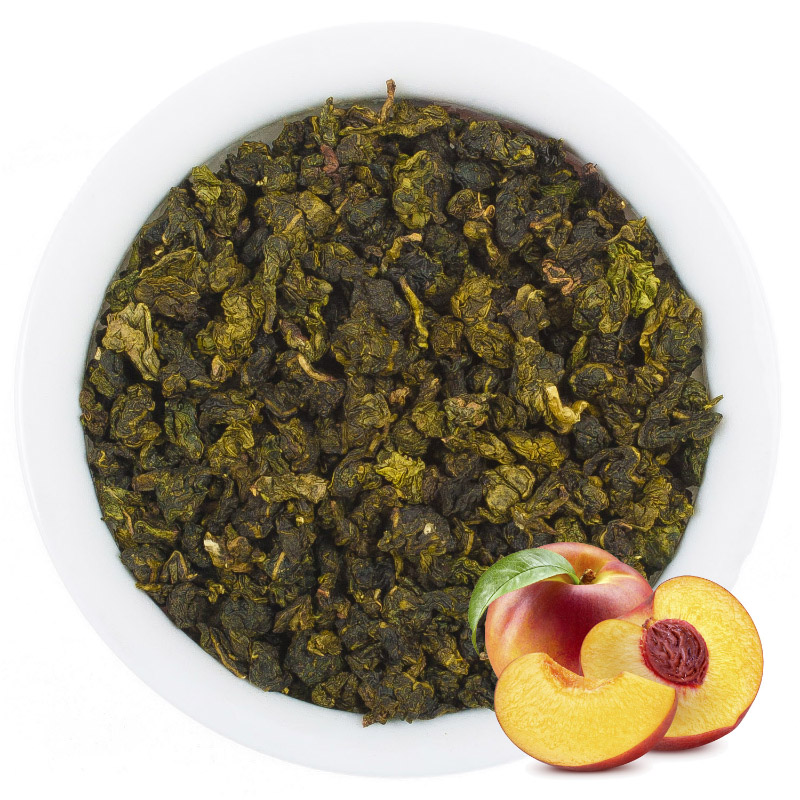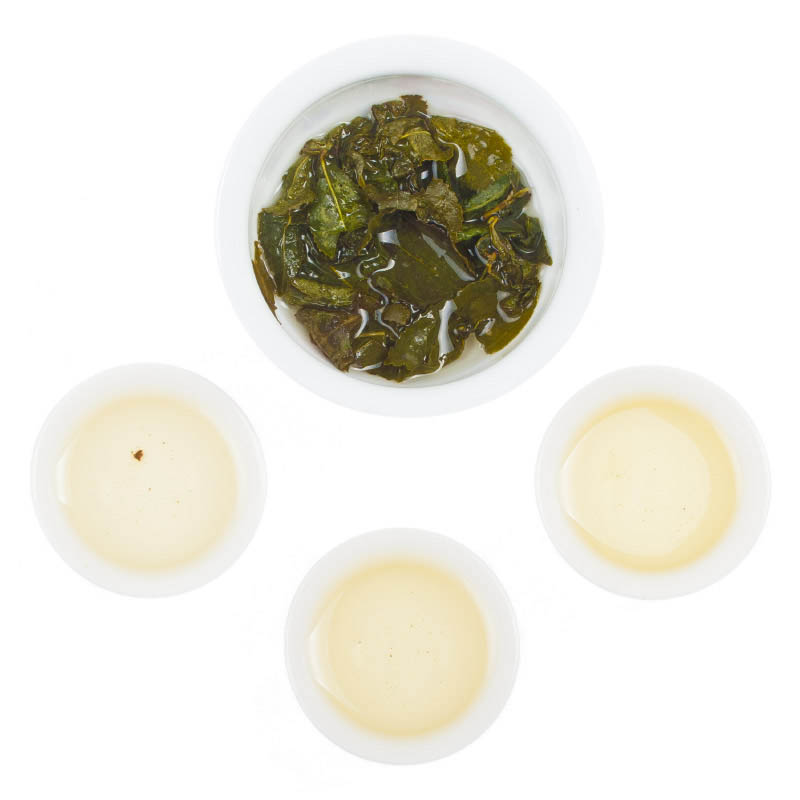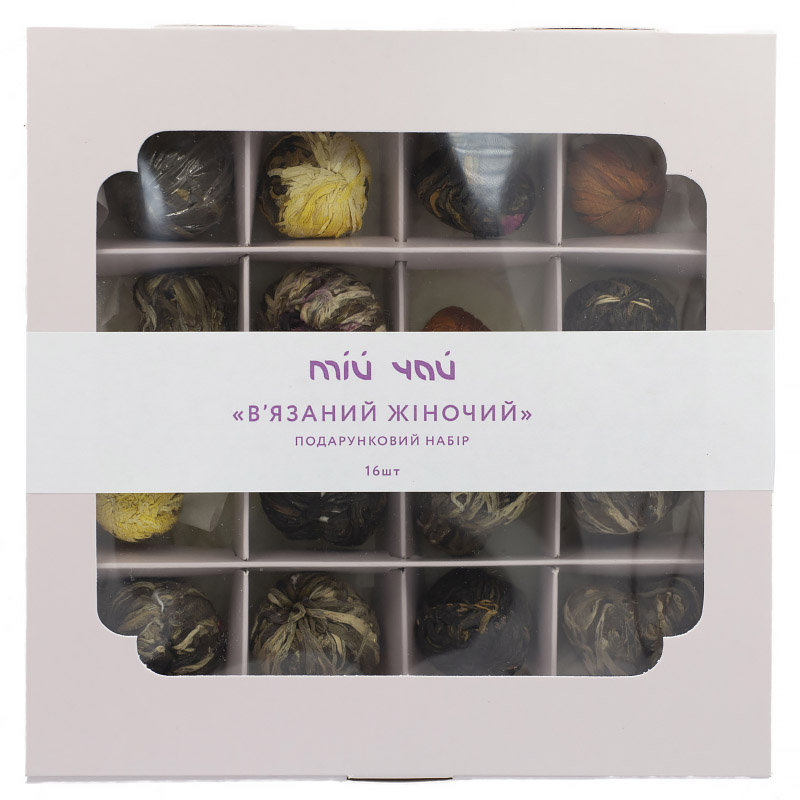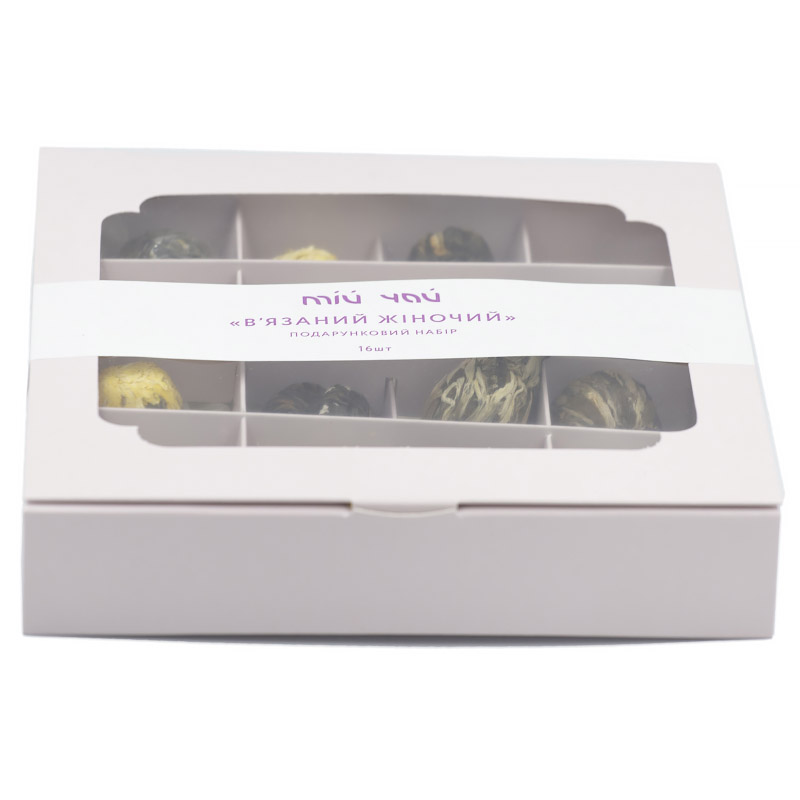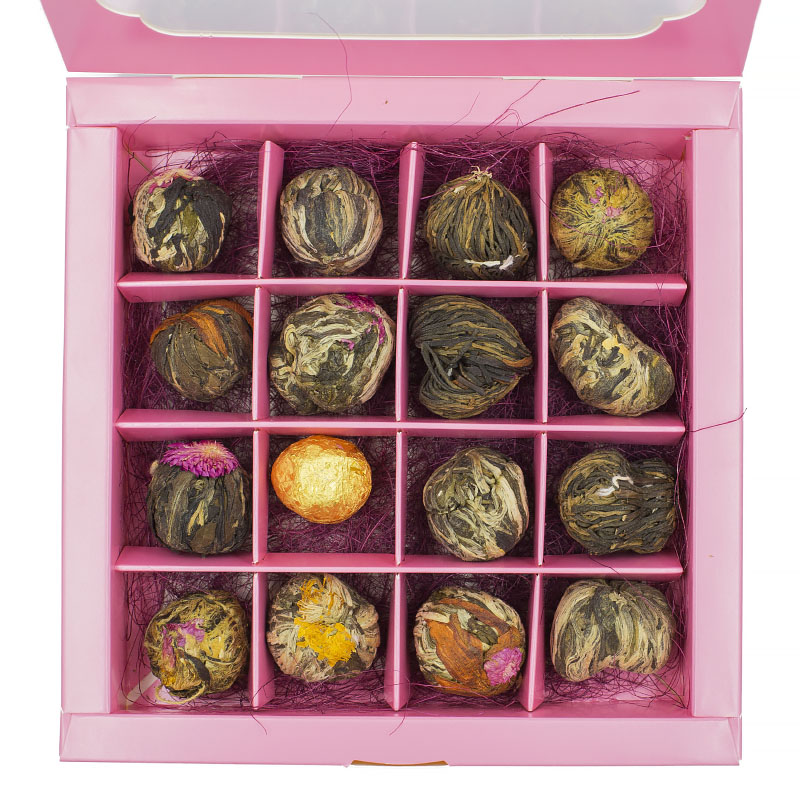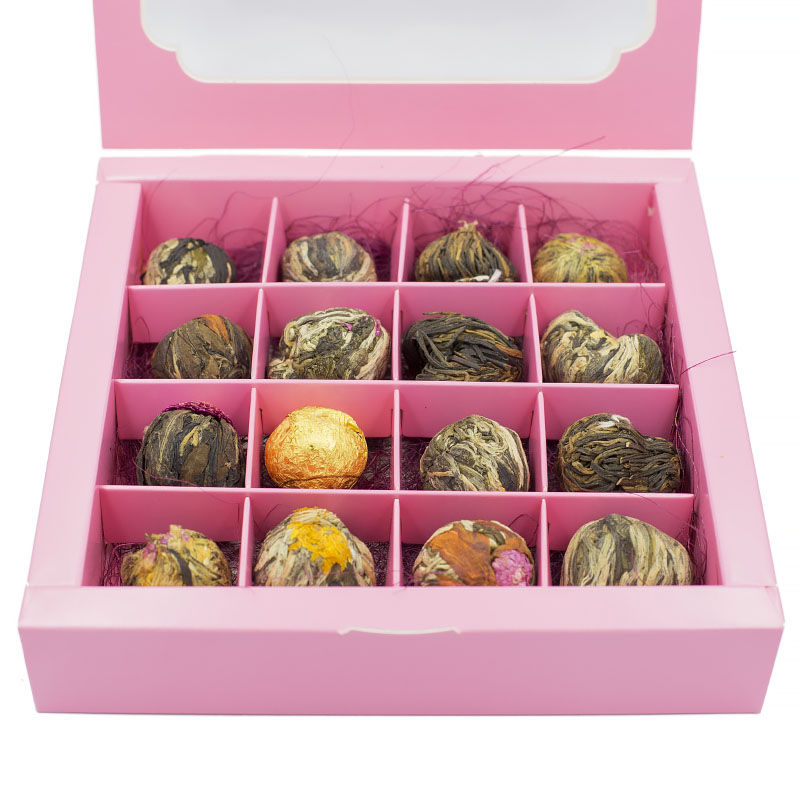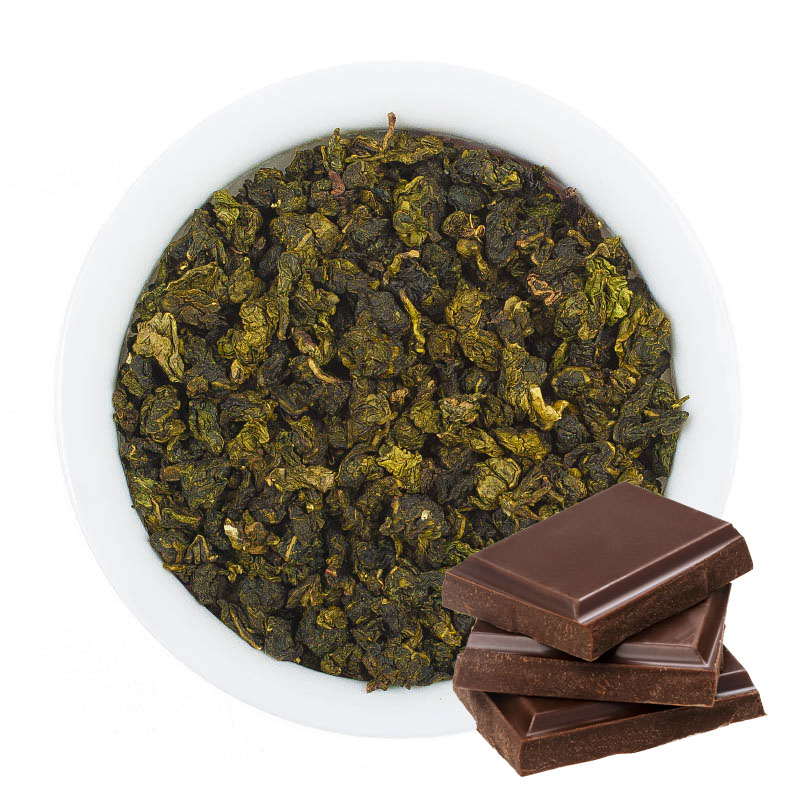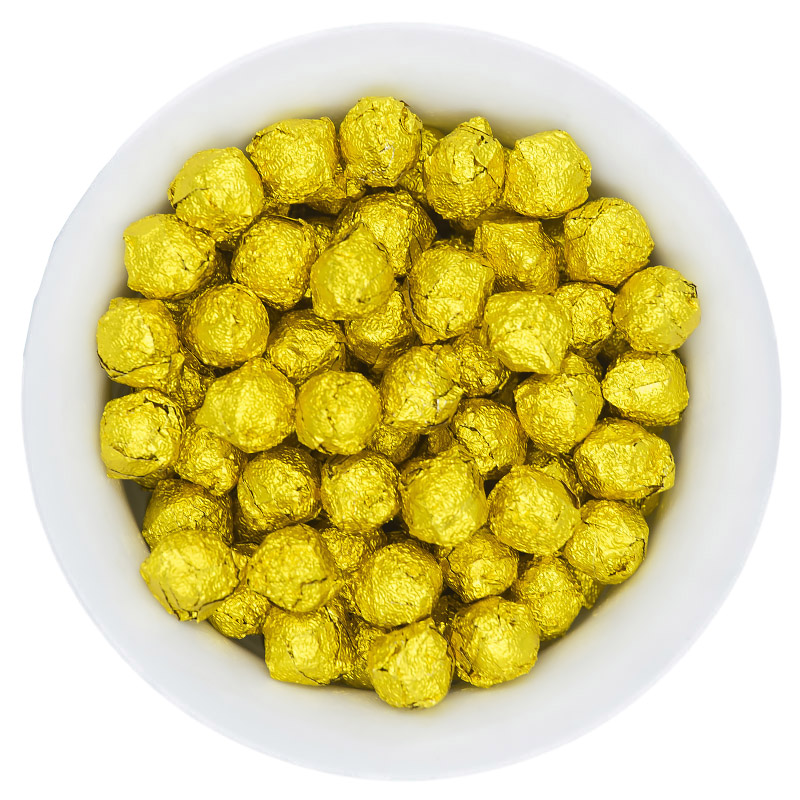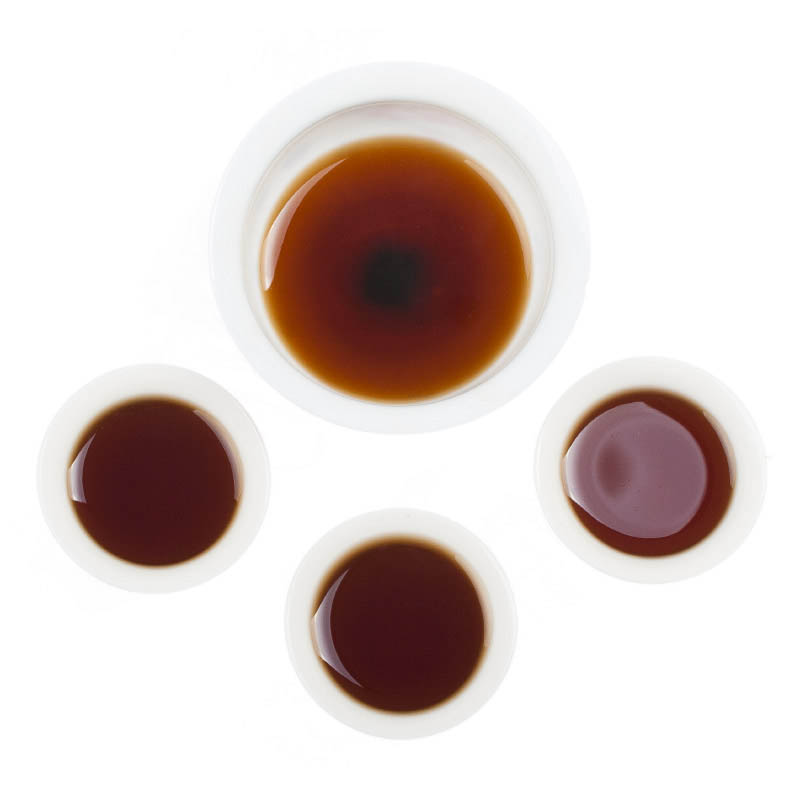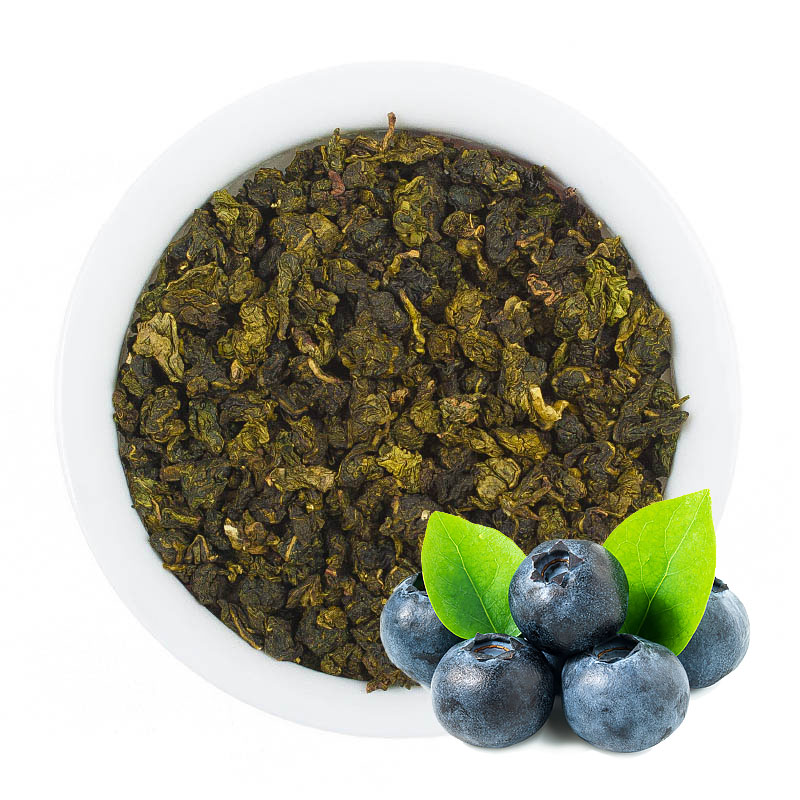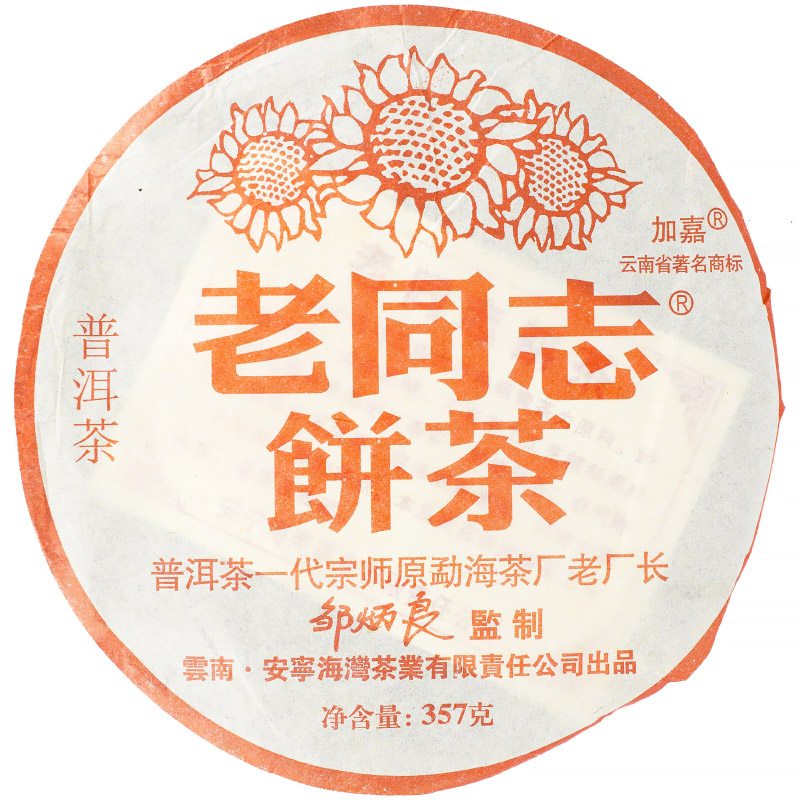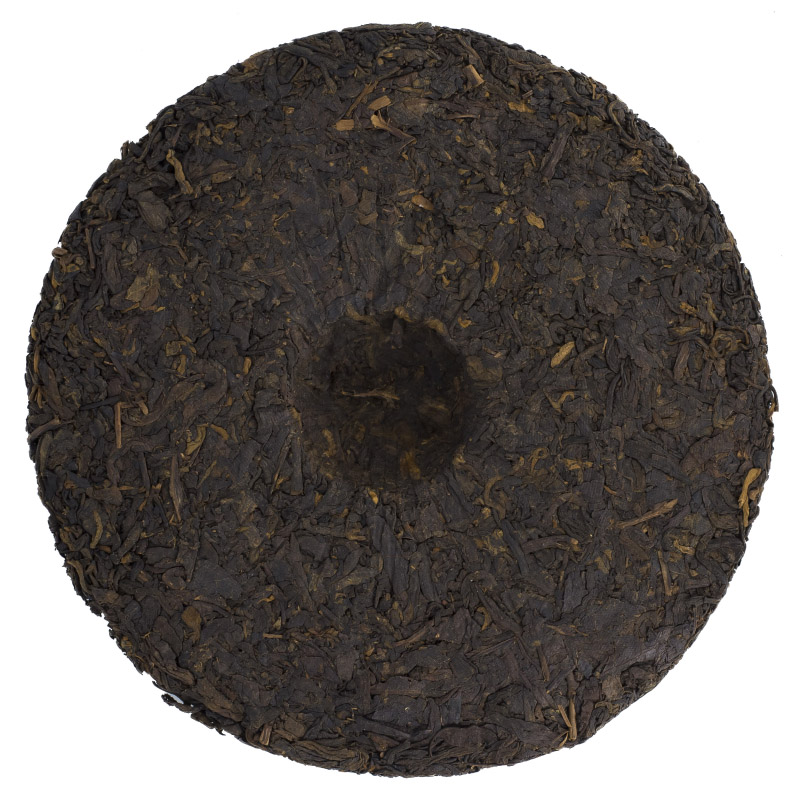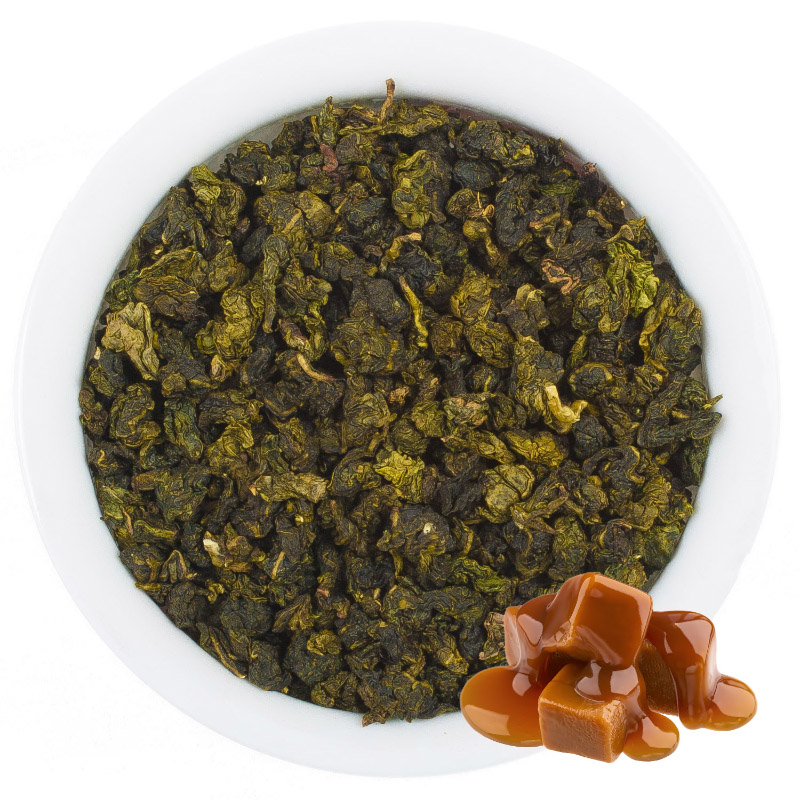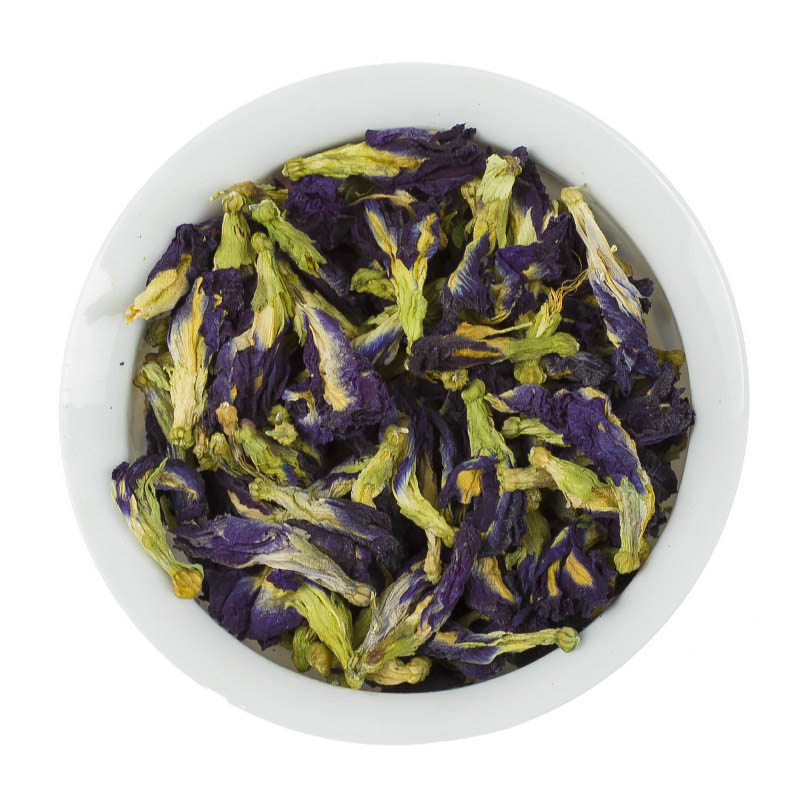Contents
- Which Country Grows the Best Coffee?
- Where Is Coffee Grown?
- How Coffee Differs by Country
- Affordable Coffee Varieties
Which Country Grows the Best Coffee?
Today, you can find a wide variety of coffee in stores. But to truly enjoy the taste, it’s important to make the right choice. That means understanding not only the types and varieties but also the countries of origin.
Where Is Coffee Grown?
Most countries import coffee beans, as the plant grows only in specific climates. The best conditions exist between the 10th parallel north and south of the equator.
Coffee is grown in about 50 countries, but the top producers are:
- Brazil;
- Colombia;
- Vietnam;
- Ethiopia;
- India;
- Indonesia.
As we can see, much of the world’s coffee comes from South America. Brazil, for example, accounts for 32–35% of global production—even though it began cultivating coffee later than others, favorable conditions helped it become a leader quickly.
Price also plays a role. Brazilian arabica is among the most affordable, making it very popular. Colombia also produces significant volumes, and its coffee is especially prized among connoisseurs.
How Coffee Differs by Country
The flavor of coffee depends on the region where it is grown. Climate, soil, and moisture levels all influence the final taste. Even the same variety can taste different when grown in different countries:
- Brazilian coffee has a balanced flavor, with notes of chocolate, flowers, or nuts depending on the region;
- Colombian coffee includes several varieties: Supremo (rich and velvety), Exelso (with wine-like acidity), Extra (well-balanced), and Pico (with piney notes);
- Costa Rican coffee is loved by purists—grown in volcanic soil, it’s smooth and low in caffeine;
- Guatemalan coffee has a rich flavor from high-altitude farms. The Antigua volcanic variety features bitterness and smoky undertones;
- Kenyan coffee is strong with a bread-like flavor and a distinct aroma;
- Zambia produces an elite coffee called Zambia AA Lupili—“AA” refers to the bean shape. Expect herbal, orange, and caramel notes;
- In Yemen, coffee has a wine and chocolate taste, but it’s rarely exported and mostly consumed locally;
- Zimbabwean coffee combines peppery, fruity, and slightly acidic flavors;
- Indonesian coffee is strong, full-bodied, and not acidic—ideal for dark coffee lovers;
- Tanzanian coffee (grown in highlands) has almond, apricot, and jasmine notes;
- Ethiopian coffee is bold and fruity;
- Jamaican coffee has a rum aroma due to storage in rum barrels.
Indian arabica has a rich flavor with some acidity, while Hawaiian coffee is mild and slightly sweet.
Affordable Coffee Varieties
Aside from affordable Brazilian coffee, other budget options include:
- Mexican coffee — not very strong or aromatic;
- Peruvian — mainly used in blends;
- Nicaraguan — rich and full-flavored;
- Ugandan — mostly robusta for instant coffee, though the arabica is high quality;
- Salvadoran — mild with subtle flavor.
Vietnam ranks second in global coffee production. Most of its exports are blends with varying aromas and strengths.
The coffee variety and its country of origin are the main factors that determine its taste. Honduran arabica is perfect for a morning espresso, while beans from Venezuela will impress even refined coffee lovers. By considering the origin, you’ll find your perfect flavor and aroma.
